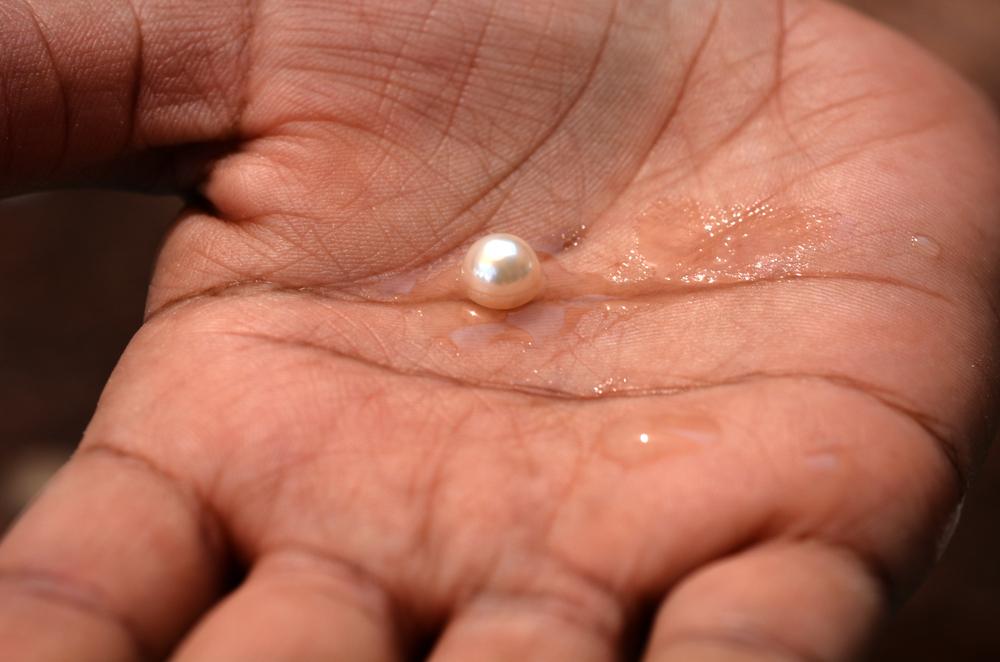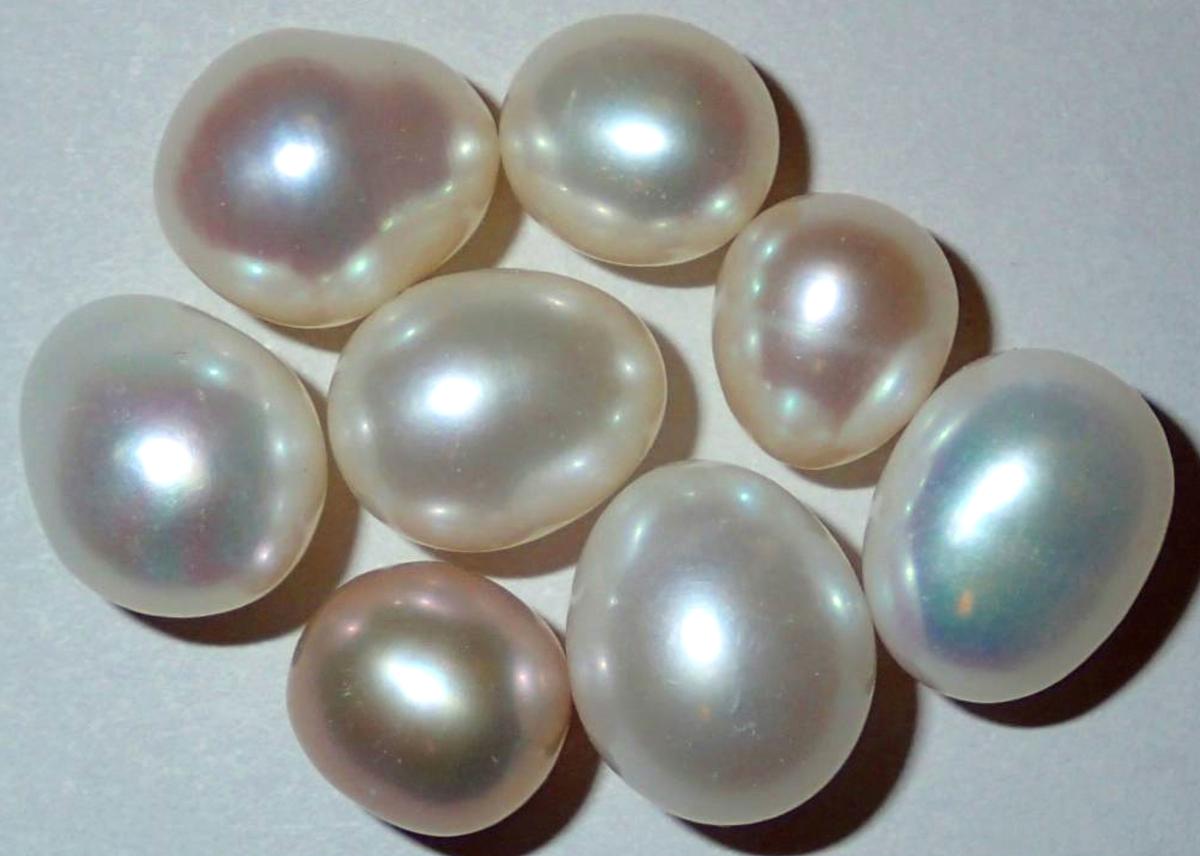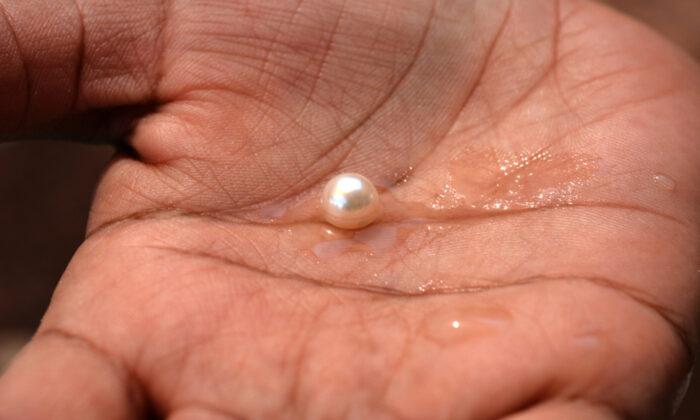A customer at a New Hampshire seafood restaurant got a little more than what she ordered from a Dover seafood restaurant when she bit down on a perfect, natural white pearl.
Since New Hampshire’s lockdown restrictions were relaxed, Newick’s has been adhering to social distancing guidelines, offering outdoor seating in the parking lot; and learning of Mrs. Dennehy’s curious find, restaurant staff gathered in the lot at a safe distance to glimpse a peek at the beautiful marine treasure in her hand.
Despite having visited the establishment many times over the years—Newick’s is a family-run venture locally renowned for its fresh seafood and beautiful views—her family’s first public dining venture was marked with a rare find.

This isn’t the first pearl to be discovered at a seafood restaurant. In December 2018, another diner made headlines for finding one in his $14.75 pan roast at New York City’s Grand Central Oyster Bar. After biting down on the tiny treasure, Rick Antosh first thought he had lost a tooth or a filling.
An expert later appraised the pearl and valued it at between $2,000 and $4,000. Antosh didn’t intimate as to whether or not he would sell the pearl but did say he may return to the restaurant to try his luck at finding another.

The picture-perfect pearls we see in paintings and high-end jewelry stores are also misrepresentative, the experts explain. The vast majority of natural pearls are small, off-white, and contain visible imperfections.
The oysters we eat are not the same species of oyster from which we obtain pearls for fine jewelry, and only about 1 in 10,000 of these oysters will produce pearls considered of gem quality by professional pearl appraisers.
Before diamonds assumed first place for most coveted gem in the 19th century, natural pearls were valued above all other gems owing to their extraordinary rarity.
We would love to hear your stories! You can share them with us at [email protected]






Friends Read Free